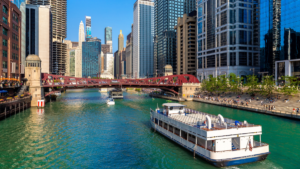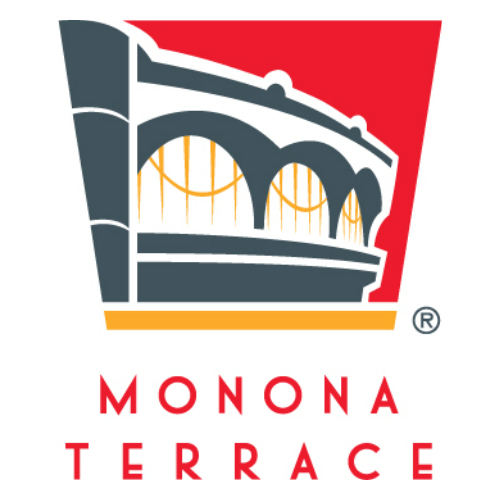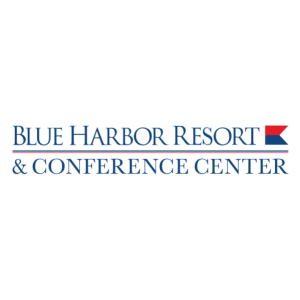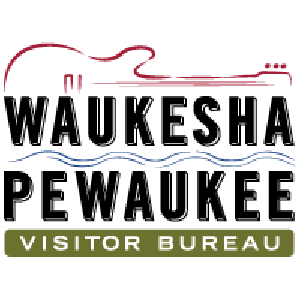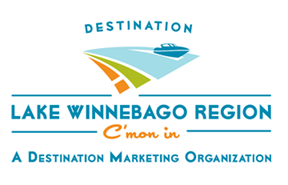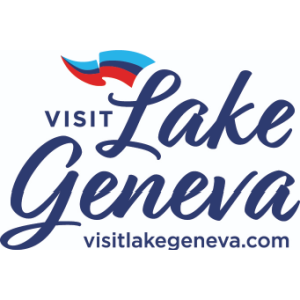Meeting and Event Bookings Gain Momentum in 2024
01/18/2024
By Catherine McCoy
Thanks in part to industry volatility, a hospitality professional’s role has become synonymous with flexibility. Now as event demands show momentum, with 2024 bookings trending the highest since early 2020, meeting professionals continue to leverage adaptive strategies. Recent forecasts also give insight into emerging trends that can help planners optimize bookings.
Meeting Reservations Rise
Following recent live event resurgence, meeting registrations have steadily increased, and reports predict this trend to continue. According to American Express’ 2024 Global Meetings and Events Forecast, 28% of surveyed industry professionals say programs have already met or exceeded pre-pandemic attendee levels and 42% expect to reach that goal in 2024.
The 2024 forecast also predicts that internal meetings and client advisory boards are expected to be the most common meeting types this year. Event managers statewide express similar sentiments. Leslie Johnson, vice president of sales at VISIT Milwaukee, says they continue to receive interest from out-of-town guests and saw corporate event demand increase 17% in 2023, with continued demand expected in 2024.
“We have seen a significant increase in year-over-year lead inquiries in the market and our corporate event booking percentage has seen a 50% increase in 2023,” Johnson says. “We are very optimistic that this trend will continue.”
Johnson also notes that VISIT Milwaukee has seen the biggest increase in overall event bookings from the corporate market, followed by the association market. Local events in total have seen an 80% increase in room nights requested year over year and average peak room nights between 400-550 and 800-1,000 attendees.
Moving Away from Virtual Events
Even now, hybrid and virtual events still prove a viable option for planners, though the demand is not nearly as high as recent years. The 2024 Global Meetings and Events Forecast predicts that meetings and events will be either entirely in person (59%) or hybrid (20%) — with the remaining 21% virtual. According to Unbridled, an event management agency, virtual fatigue is a reality and “people want to be with people.”
From what Johnson has seen at VISIT Milwaukee, incorporating hybrid and virtual options have been limited due to expenses and logistics of live events. Even factoring in things like travel costs, event production and venue reservations, a live event is ultimately more practical and cost-effective.
Despite the decreased focus on hybrid events, many events planners still are finding unique ways to incorporate virtual elements.
Joe Scialfa, director of communications at the Wisconsin Center District (WCD) in downtown Milwaukee, says that, during the pandemic and following, there was a high demand for virtual or hybrid options, but demand has significantly dropped off. He explains that it’s more difficult to collaborate on product offerings or build relationships when connecting virtually. “We believe there will continue to be a need for those services for some clients and our venues are positioned to provide a first-class experience for them as well,” says Scialfa.
Embracing Best-in-Class Amenities
To draw event interest, planners must source desired amenities, such as affordability and walkability. Companies also want memorable experiences and the technology to support sessions is crucial.
The Baird Center is currently undergoing a large expansion project, which will double the square footage of its current convention center to more than 1.3 million square feet, and allow for multiple large-scale events. Integrating top-of-the-line services into the project, the WCD has embraced this trend.
“Today’s event planners and attendees are looking for more than a place big enough to host their event,” Scialfa says. “They want flexible spaces, high-quality food and beverages, strong Wi-Fi, ample pre- function areas, a city with numerous food, entertainment and nightlife options and a great experience with staff and facilities.”
Similarly, sustainability is becoming increasingly important in determining event amenities and services. A recent Eventbrite study found that 84% of meeting planners are taking steps to make events more sustainable, such as using recycled materials, locally sourcing food and catering and virtual signage rather than printing.
Reciprocity with Downtown to Generate Economic Growth
Tourism and events are a critical component for the vitality of a downtown district and event planners play a key role in generating economic impact for their city. A single corporate event has the potential to generate hundreds of thousands of tourism dollars — meetings don’t just benefit a venue, they benefit the broader region.
Even as meeting demands continue to benefit local and regional economies, event planners still are experiencing economic headwinds that create challenges for booking new events. The American Express’ 2024 Global Meetings and Events Forecast predicts an increase in attendee budgets, though not necessarily enough to match inflation. About 67% of respondents said their budgets are increasing, but only 13% said increases are more than 10% — which runs in tandem with overall meeting costs, up at least 3% among various meeting formats.
“Nationwide, there’s hesitation due to the overall increase in prices of food and beverage, flights and hotels from both the planner and the attendee,” says Johnson.
Survey respondents also cited adjustments like more virtual meetings, changes in destinations and lodging or hosting fewer events. Notably, 13% of respondents said that they had not seen factors like inflation and company budget changes impact the event schedule, signaling that corporate events remain a priority despite economic uncertainty.
Venues and vendors are trying everything in their power to bring in visitors, ultimately creating a lasting impact on their communities. For instance, the Baird Center’s expansion is expected to stimulate at least $12.6 billion in total spending in the state over a 30-year period and generate $150 million in incremental state income. Moreover, the expanded center has potential to support 2,300 full- time equivalent jobs throughout the state upon opening.
Looking Ahead
2024 is poised for strong meeting momentum, with full venue calendars heading into the new year and beyond. “We are seeing bookings being requested as far out as 2028. We believe the demand won’t slow down for many years to come,” says Johnson.
It turns out that, while large live events were put on pause, corporations realized that they served a real purpose. Even while corporate planners worked to come up with short-term solutions, the value of an in-person session fosters an unmatched level of collaboration between colleagues.
“The WCD didn’t go into a holding pattern during the pandemic,” says Scialfa. “It allowed forward-thinking venues to use the unexpected downtime to prepare for what event planners would want when people started meeting in person again.”
Recent lessons learned have informed new efficiencies, but surely, as unpredictability remains part of a planner’s role, adaptability and creativity will be key.



